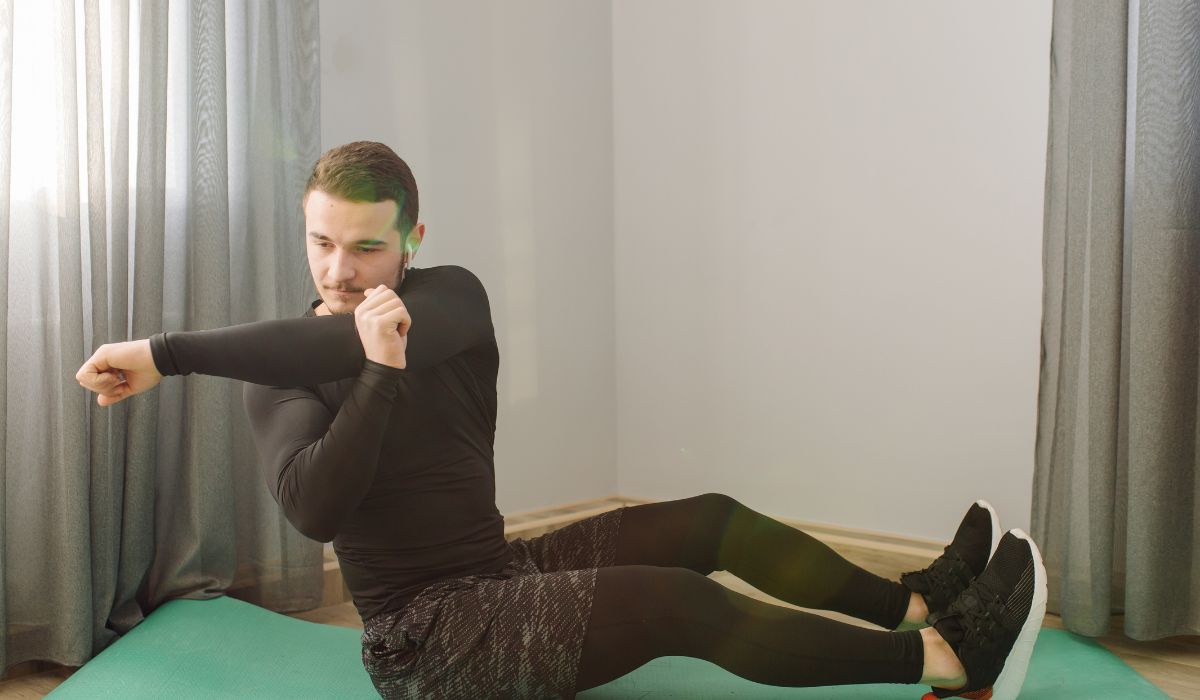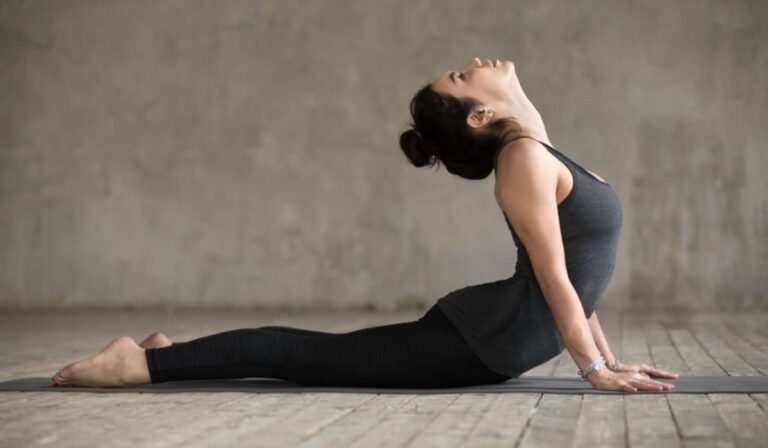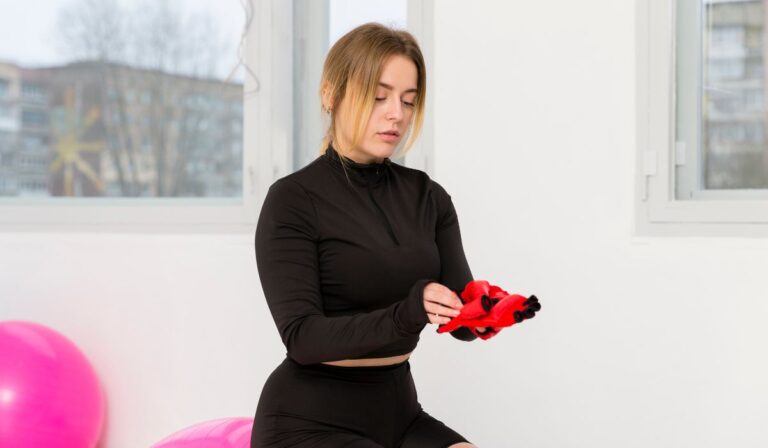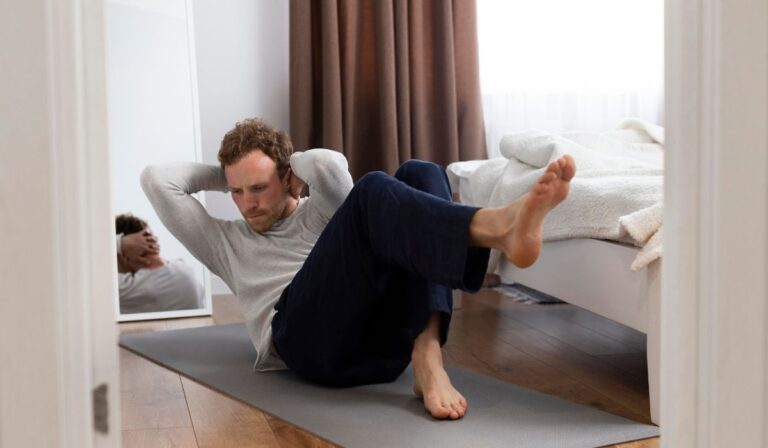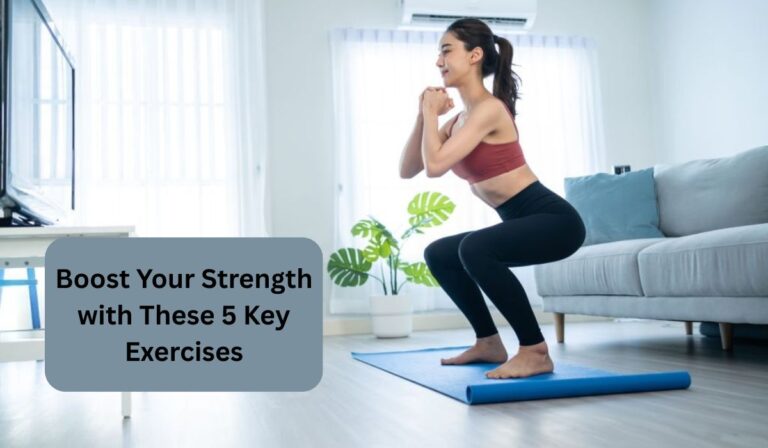Why Standing Core Exercises Might Be Better Than Crunches for Real-Life Strength
If you’ve ever wondered how to get truly strong abs, you might be picturing endless sit-ups or crunches. But if you ask experienced trainers, many will tell you that the best core exercises don’t even involve lying on your back.
Standing core exercises can be more practical, more joint-friendly, and better at building the type of strength you’ll use every day.
Why Train Your Core Standing Up?
When you’re standing, your core muscles have to work harder to keep you balanced and stable. That means you’re training them to do what they’re meant for in daily life: helping you stay upright, braced, and controlled when you move.
Think about lifting a heavy box, carrying groceries, or even turning quickly to grab something. Your core keeps you steady so you don’t topple or strain your back. Standing exercises mimic these real-life movements much better than traditional crunches do.
Benefits Beyond the Abs
Standing core training isn’t just about chiseling visible abs—it also improves:
- Balance and coordination: You learn to control your body in space.
- Posture: Stronger deep-core muscles help you stand tall.
- Joint health: These moves often place less stress on the neck and lower back compared to crunches.
Many people struggle with neck pain while doing crunches. Standing alternatives reduce that strain while still challenging your core.
Should You Stop Doing Crunches Altogether?
Not necessarily. Crunches can still have a place in a well-rounded routine, especially if you like them and they don’t cause you pain. But trainers often suggest mixing them with standing variations to hit the core in different ways.
A balanced program could include both floor-based and standing moves. The key is variety and making sure you’re training your core to be strong in multiple positions and tasks.
Example Standing Core Circuit
If you want to try a standing core workout, here’s a simple routine you can adapt to your fitness level:
Standing Oblique Crunch – 10 reps per side
Standing Wood Chop (with weight or band) – 8-10 reps per side
Alternating Knee-to-Elbow – 10 reps per side
Standing Pallof Press – 8-10 reps per side
- Rest 10–15 seconds between moves.
- Complete 2–3 rounds total.
- Slow the movement down to engage the core.
Modifications for All Levels
If balance is an issue or you’re just starting, you can do many of these moves seated or kneeling. That reduces the balance challenge while still making your core work.
For example, the kneeling “halo” exercise (where you move a weight in a circle around your head) is fantastic for the obliques and deep core stabilizers.

